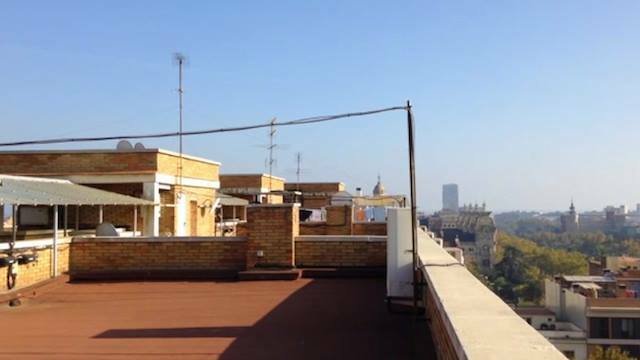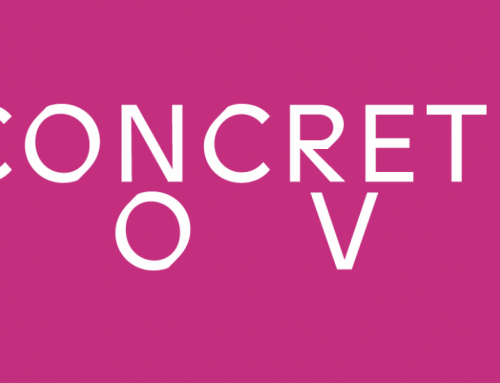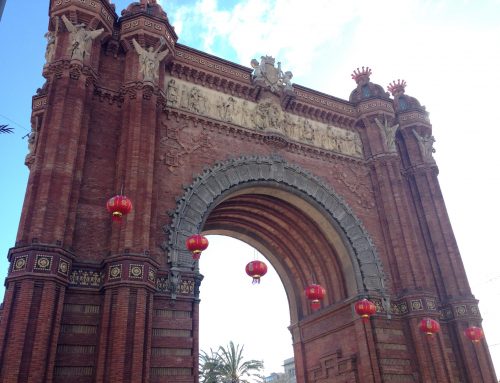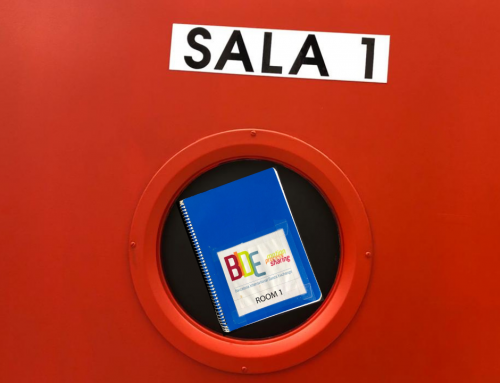In August of this year I was invited to participate in the Sociology Conference of the Faculty of Social Sciences of the University of Buenos Aires (UBA), in Argentina, to present a paper at the debate table on “Culture and the City”. The presentation was based on my dissertation developed during the Master of Sociology at the University of Barcelona, which has as its theme: “Rooftops of Private Buildings in Barcelona: a space for culture, creativity and social innovation”.

As we all know, since the 1992 Olympics, the Barcelona brand has been projected globally, making the city a benchmark for cultural policies in Spain and in the world. In addition to mass events, many local cultural activities and events take place, especially in spring and summer. However, there are hundreds of private rooftops that are closed and unused. In general, they are community rooftops on residential estates. A privileged space that could be used by everyone who lives and/or works in the building. According to the “
Government measure to promote Living Rooftops and Green Sheds in Barcelona Consell”, whose main objective is to activate the rooftops of the city, considering them as a space for collective use, 67% of the roofs in Barcelona are rooftops, that is, flat roofs and generally accessible.

Concerts and cultural events take place in some community rooftops of residential buildings, but they are very few. Most of them are still unused and a place where junk and gadgets accumulate. The keys to these rooftops, in general, are held by the president of the staircase and there are many people who have not even gone up to the rooftop of the building where they live. It is almost a forbidden topic when speaking, it is a problem, when it should be the opposite. Many times going up to the rooftop to spend some time means going underground and risking censorship from the other neighbors.
In this way, the events arise as an alternative to reactivate the use of rooftops. An alternative that has the challenge of crossing the border imposed by regulations and the lack of communication between neighbors through culture. In this sense, some event proposals have emerged to bring the roofs to light and open them to the public, so that everyone can enjoy their space, as well as the historical, cultural environment and panoramic views of the city.

In addition to Nits d’Estiu La Pedrera, which was one of the pioneers, in recent years some cultural and collective associations have emerged that carry out cultural events on rooftops of residential estates, including: Terrats en Cultura, Upstairs BCN, Encajes Urbanos, Music al Terrat y Upperground Barcelona.This is how the desire to recover the rooftops in the city begins to awaken, to get away from everything for a moment, to understand and know how to use this collective and local space, outdoors, so visible and invisible at the same time, as Manuel explains:
“Neither inside nor outside. Neither fully exposed nor completely covered. Neither public nor private. The roofs gather all the basic characteristics of the border spaces, which participate in the universes – inside/outside, public/private, nature/city … – which at the same time unite and separate.”
And so that this post does not end here, I invite you to read the paper that has been published on the UBA website and to learn about the practical result that has emerged from this research: http://jornadasdesociologia2017.sociales.uba.ar/wp-content/uploads/ponencia/7_353.pdf
Greetings to all and I hope to see you soon on a rooftop in Barcelona!
Photos: Archive Upstairs BCN, La Pedrera Nits d’Estiu and Vanessa Costa.







Thank you!